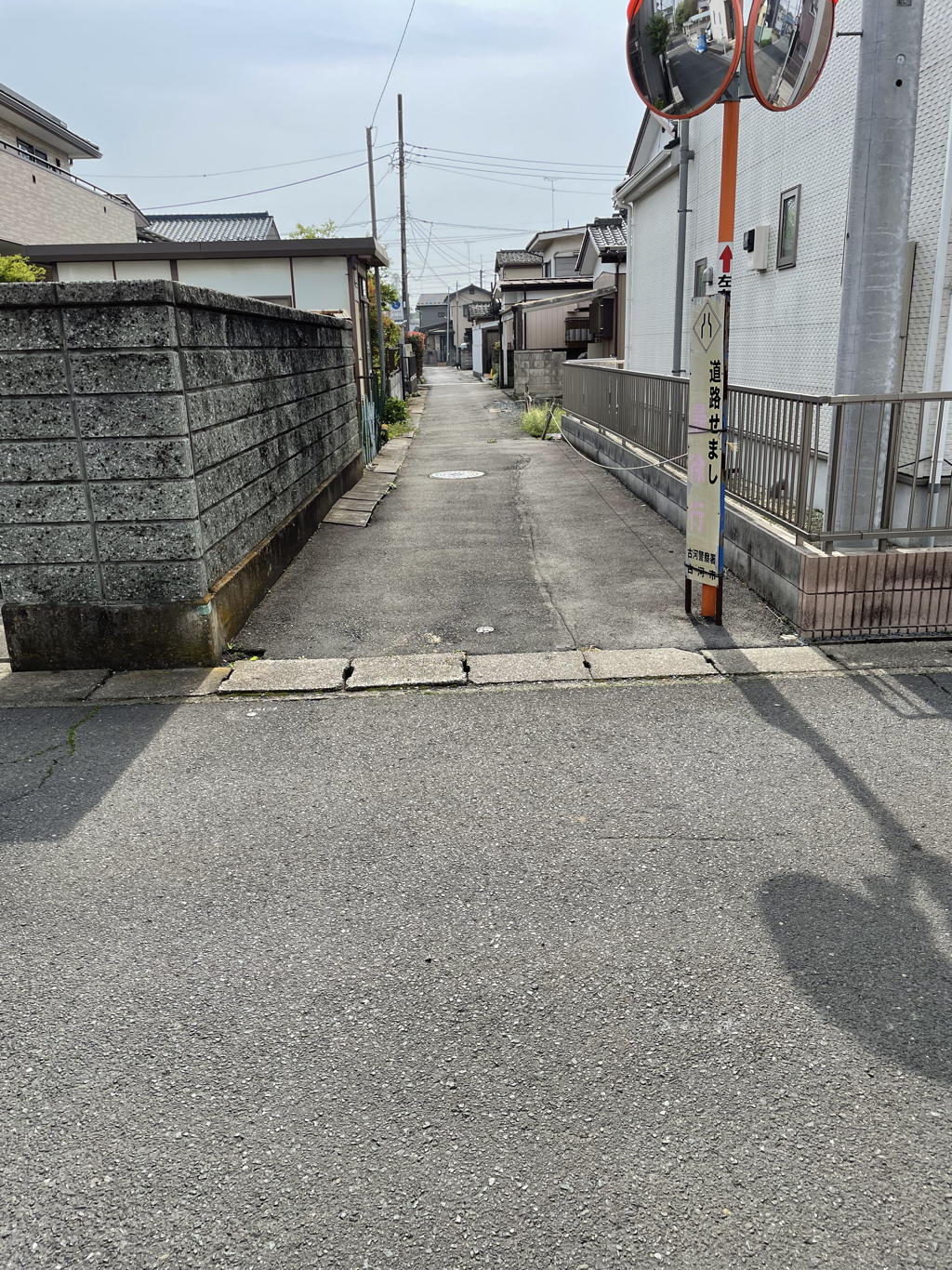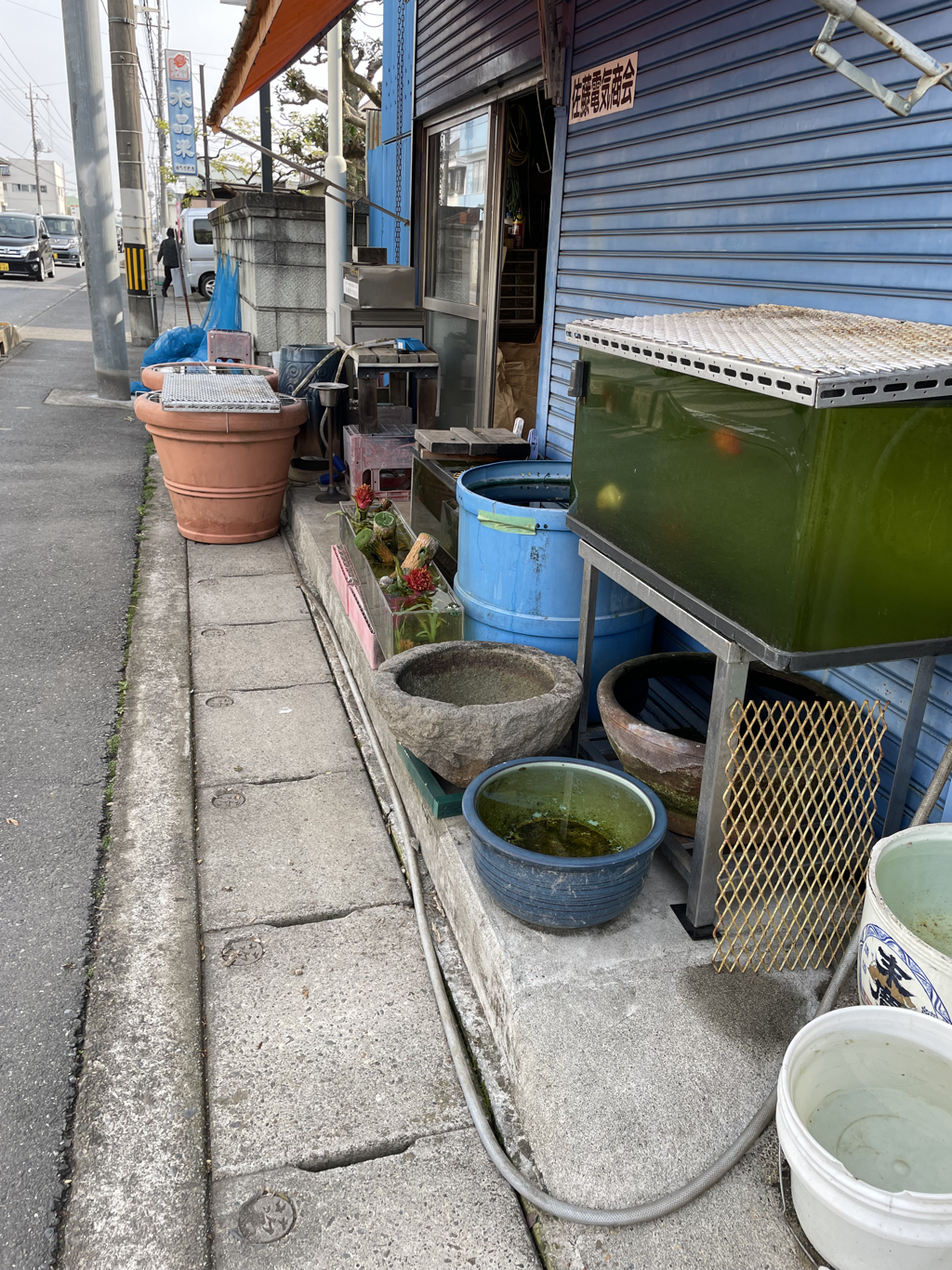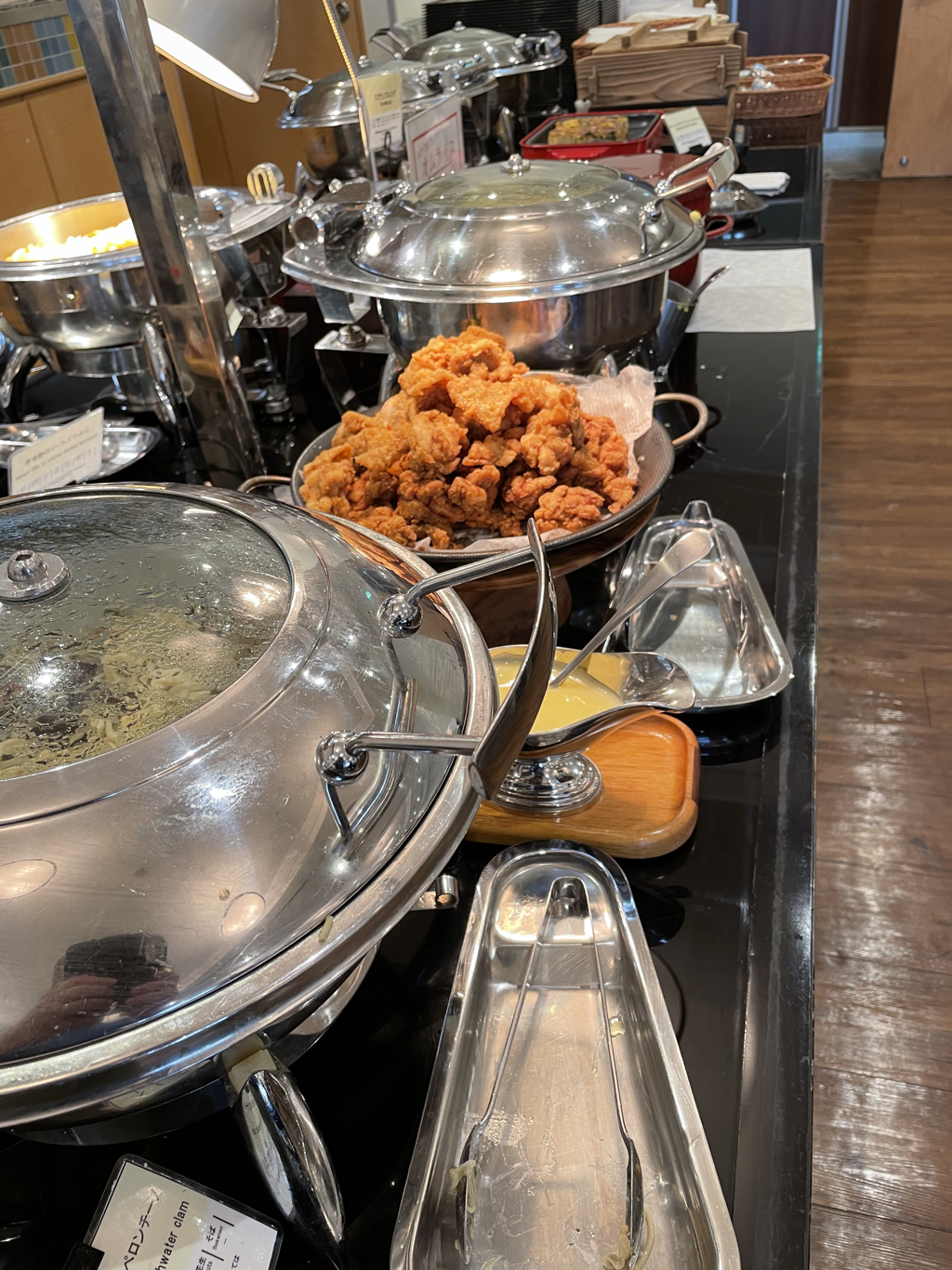April 20: The Dangerous Japanese City Streets
The narrow streets of Japanese cities make driving both difficult and dangerous as soon as you get off the main thoroughfares. While major roads are wide and straight, the back streets and lanes are hardly wide enough for one car, let alone meeting traffic. During the Edo era, from the 17th to the 19th centuries, the main mode of locomotion for most people - bar post riders, high-ranking samurai and their wives, daughters, and mistresses - was on foot. There was no need for wide streets, as there hardly was any horse carts either; when goods had to be transported, it was either by ship or in carts pulled by humans.
The rickshaw is a Japanese invention, but before the middle of the 19th century humans did not ride in carts - if they did not walk, they were on horseback or riding in sedan chairs. Usually the persons in the sedan chairs were women, and they were carried by teams of several carriers who took turns, usually with heavy escort.
But sedan chairs, carts, and samurai on horseback would hardly go on the narrow roads between the rice fields and vegetable patches which would become city streets and lanes as cities grew after the Meiji revolution in the middle of the 19th century.
There were highways, well built and maintained by 17th century standards, with guard posts every few miles. Travel was allowed during the Edo era, but only with a government permit. Pilgrimages to famous temples and shines, which often were thinly disguised sightseeing trips, were allowed; as was travel for officials.
But sedan chairs, carts, and samurai on horseback would hardly go on the narrow roads between the rice fields and vegetable patches which would become city streets and lanes as cities grew after the Meiji revolution in the middle of the 19th century.
There were highways, well built and maintained by 17th century standards, with guard posts every few miles. Travel was allowed during the Edo era, but only with a government permit. Pilgrimages to famous temples and shines, which often were thinly disguised sightseeing trips, were allowed; as was travel for officials.
The road from Tokyo to Nikko, the burial place of Tokugawa Ieyasu, the first Tokugawa shogun, was heavily travelled by people who wanted to offer their prayers to get on the right side of the mighty Tokugawa family, or meet other travelers on the road. The small cities along the route from todays Tokyo to Nikko were rebuilt to cater to the (wealthy) travelers on the Nikko Kaido, one of the “five great roads” leading out of Tokyo.
But if you tried to pass one of the frequent guard posts without a permit, you might be arrested. Especially on the entrance roads to Edo guards were The lanes between the rice fields on the outskirts Edo and Osaka became roads between blocks and houses as the cities started to expand, houses growing up on the rice fields and vegetable patches. Before the Meji revolution brought a civil code system based on European law, the feudal lords were responsible for keeping order in their provinces, and the central government let them mind their own business as they paid their taxes.
But if you tried to pass one of the frequent guard posts without a permit, you might be arrested. Especially on the entrance roads to Edo guards were The lanes between the rice fields on the outskirts Edo and Osaka became roads between blocks and houses as the cities started to expand, houses growing up on the rice fields and vegetable patches. Before the Meji revolution brought a civil code system based on European law, the feudal lords were responsible for keeping order in their provinces, and the central government let them mind their own business as they paid their taxes.
To pay their taxes, the damiyo (feudal lords) had to make sure the peasants produced as much as possible, often encouraging cultivation outside the original rice fields since they would get to keep whatever they produced outside the taxed volume. Making sure the fields were the right size, with the right size lanes between them, became their way of managing their own taxes. And when the feudal system was dismantled and the peasants became farmers and became independent, they kept their fields - and when the cities expanded, they sold them, and the cities took over the lanes between them.
Today, the rice fields and vegetable patches are all built up, but the lanes remain. Thanks to Japans strict property laws, the rice field layout survived the second world war, and re-working the road network is a very slow process. In Tokyo, you often find wide streets suddenly narrowing for a house where the owner did not want to sell, even though the city government has been able to buy out all other land owners. And touching a graveyard is not possible until all the graves have become untended, something that can take many generations in a country where ancestors are still venerated.
But while the strict property laws, and even more customs, make it rude and even illegal to trespass on someones land, especially encroaching on their properties; the public land that roads represent seem to be a free for all, at least to some extent. Private flower pots, sometimes whole planters, parked in the street, are quite common and can turn into considerable obstacles.
But while the strict property laws, and even more customs, make it rude and even illegal to trespass on someones land, especially encroaching on their properties; the public land that roads represent seem to be a free for all, at least to some extent. Private flower pots, sometimes whole planters, parked in the street, are quite common and can turn into considerable obstacles.
So as a driver, you will have to make sure the street is wide enough for you to meet oncoming traffic - or that there is room enough to stop and wait. This of course depends not just on you, but on the car you are driving. A minivan is almost one and a half the size of a kei car, the small runabouts with yellow license plates that are ubiquitous on Japanese streets. And while the kei car may not have much to write home about in terms of engine power, it does not need much more than the original glorified motorcycle engine to cruise the back streets of Tokyo. They may not make more than 80 km per hour on the freeways, but on a typical back street you can not drive faster than 40 km per hour anyway, and the residential areas are frequently 30-zones, where the maximum speed allowed is 30 kilometers per hour. Not that you can drive even that fast in most places. Speed limits aside, in the daytime residential area streets are full of children playing, old people on bicycles or walking, trucks making deliveries, and mopeds from the local tofu shop or soba restaurant making deliveries or picking up the used dishes from customers. If you ever wanted to test your driving skills, a Japanese residential neighborhood can be more harrowing than any speedway track.





